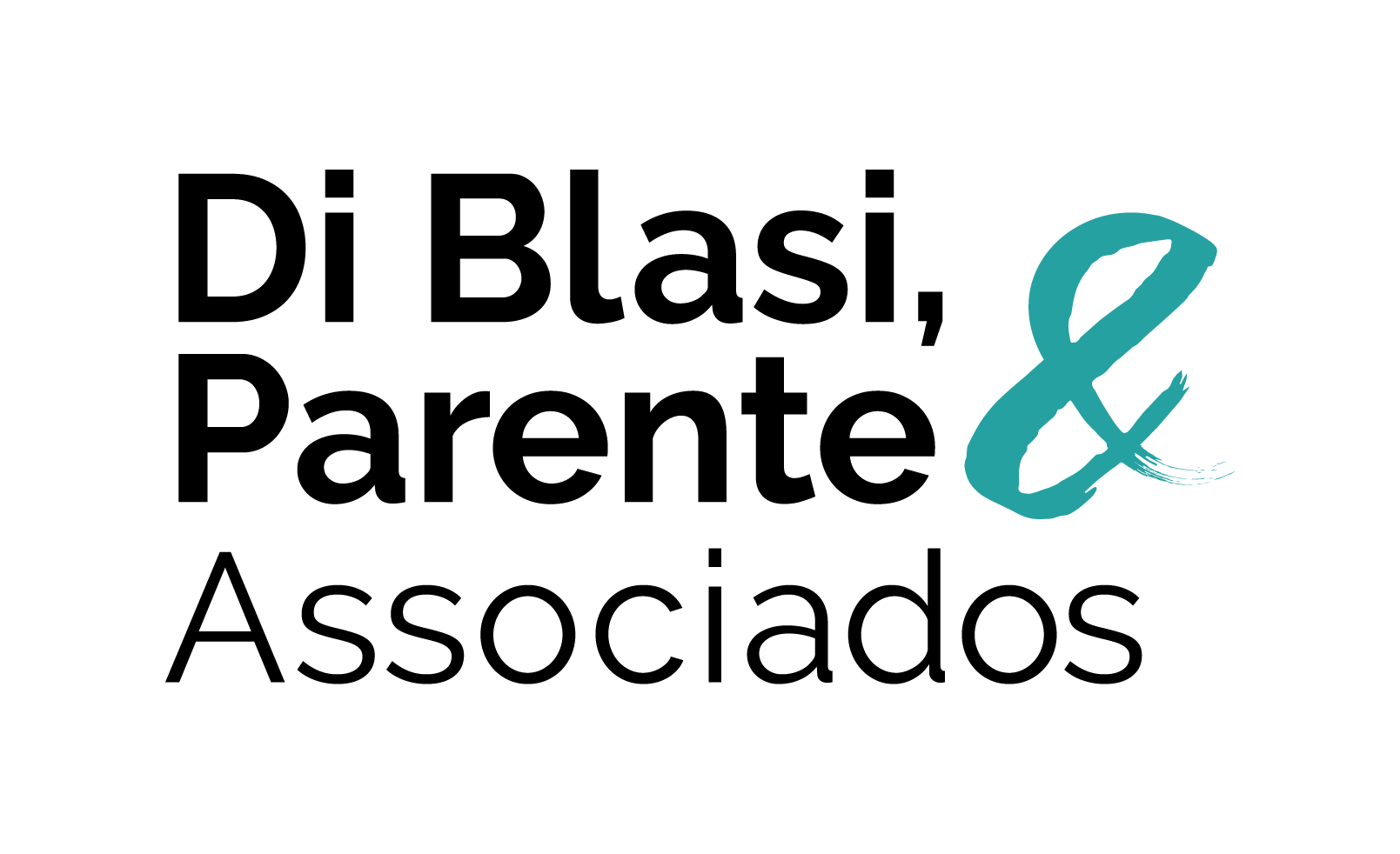The Brazilian Patent and Trademark Office (BPTO) announced that, from July 1st, 2022, the change in the standard of presentation of the list of biological sequences, defined by the World Intellectual Property Organization (WIPO), which from the St.25 (TXT) standard for St.26 (XML) standard.
The previous format for submitting sequence listing, ST.25, although it was very important for the attempt to harmonize sequence listing filing worldwide, was not sufficient for the standardization of a listing of biological sequences, since did not allow sending the data in a complete form to the INSDC (International Nucleotide Sequence Database Collaboration), mainly because much of the information described in the sequence listing based on ST.25 is in free text and does not follow a pattern, such as information about D amino acids, linear portions of branched sequences and nucleotide analogues.
Given the limitations of the ST.25 standard, WIPO created a standard called ST.26 for submitting sequence listings in a single worldwide sequence list, wherein only minor changes, such as the title translation, are required for submission of the listing in each country of filing of the patent application, thus minimizing the amount of free text present in a sequence listing. Thus, the new presentation format (in XML) improves the presentation quality and allows automation and simplified processing of data by Intellectual Property Institutes, making them more compatible with INSDC requirements and leading to less data loss.
For such a transition, WIPO has set a date, called the “big-bang” date, in which all Intellectual Property Institutes must carry out the transition simultaneously, at the international (PCT), national and regional levels. The stipulated big-bang date was July 1, 2022.
Thus, according to Ordinance INPI/PR No. 48, of June 20, 2022, last Friday, on July 1, 2022, the change in the presentation standard of the sequence listing came into force, which changes from the TXT format (WIPO ST.25) to XML format (ST.26).
From this date, all applications filed in Brazil on or after July 1, 2022 that have a sequence listing must present it in ST.26 format, in an XML-formatted file.
Applications that were filed at Brazilian PTO until June 30, 2022 that submitted the sequence listing in TXT format (previous ST.25 standard), in case of new presentation, must keep the TXT format which was initially filed on the date prior to the change of the listing pattern.
Therefore, what will delimit the format of the sequence listing to be presented to the Brazilian PTO is the filing date of the application. However, it is important to emphasize that divisional applications should follow the sequence listing pattern of the original application.
To create the sequence listing in the ST.26 XML format, it is recommended to use the WIPO Sequence tool, a software developed by WIPO, available for three operating systems: Windows, Mac OS and Linux. Using this tool simplifies the creation of ST.26 XML through a simple user interface, in which it is not necessary to directly edit an XML file. However, Applicants may use any XML editing tool they wish to produce the sequence listing, as long as it complies with standard ST.26 at the time of filing.
Briefly, in addition to the format change, some technical differences are observed, such as:
the sequences identified as DNA, RNA, or AA are defined together with a mandatory qualifier “mol_type” to better describe the molecule;
characterization location formats are rigorously defined;
if applicable, it is mandatory to include D amino acids, linear portions of branched sequences and nucleotide analogues;
the inclusion of sequences shorter than 10 nucleotides and shorter than 4 amino acids is prohibited;
amino acid sequences are represented by one-letter abbreviations;
only the oldest priority application can be included;
only one Applicant, and optionally one inventor, may be included;
and multiple titles of invention are permitted, each in a different language.
For more information about this news, please do not hesitate to contact us.


